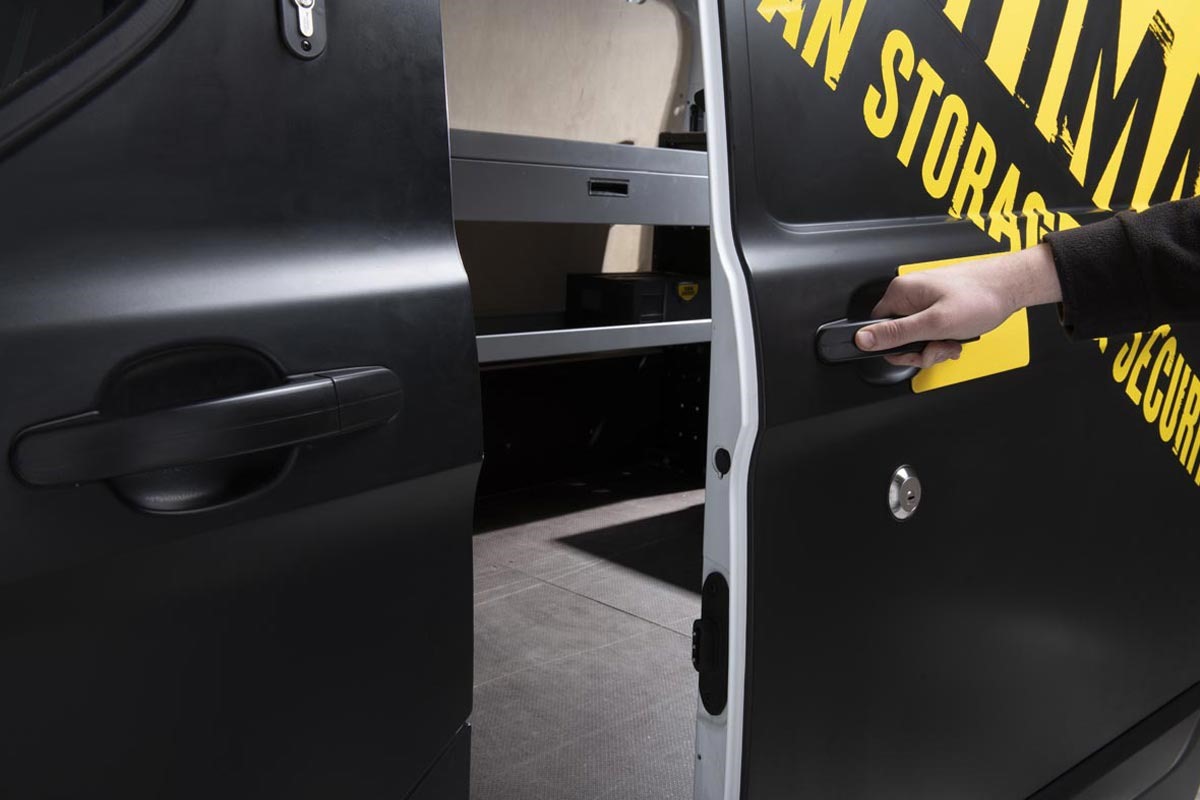Understanding Hairstyles Tools: A Beginner’s Guide
Hairstyles tools are essential in the journey of achieving the perfect hairdo. With the right tools, anyone can create salon-quality styles from the comfort of their own home. Whether you’re a professional stylist or a DIY enthusiast, understanding these tools is crucial. In this comprehensive guide, we will explore what hairstyles tools are, the various types available, and how to select the right tools for your hair type. If you find yourself seeking effective hairstyles tools, you might want to check out hairstyles tools that can elevate your styling game.
What Are Hairstyles Tools?
Hairstyles tools refer to a category of implements designed to aid in hairstyling. These tools can range from simple, manual devices like brushes and combs to advanced electrical appliances like hair dryers and straighteners. Understanding what constitutes a hairstyles tool helps users make informed decisions about which products suit their needs best. Each tool serves a specific purpose, contributing to the overall styling process, and knowing the difference can lead to better results and healthier hair.
Types of Hairstyles Tools and Their Uses
Hairstyles tools can be broadly categorized into several types, each tailored for specific tasks:
- Cutting Tools: Scissors, hair clippers, and razors are essential for trimming and cutting hair, allowing for precise styling.
- Styling Tools: Hair straighteners, curling irons, and hot rollers help create various styles by altering the hair’s natural shape.
- Drying Tools: Hair dryers and diffusers assist in drying hair quickly while helping to maintain or modify its shape.
- Combing and Brushing Tools: Brushes and combs come in various shapes and sizes, catering to different hair types and needs, essential for detangling and styling.
- Finishers: Products like hairspray, gels, and serums can add shine, hold, or texture to completed styles, rounding out the hairstyling process.
Selecting the Right Tools for Your Hair Type
Choosing the right hairstyles tools is vital to achieve the best results. Different hair types present unique challenges and have specific needs. Here are some guidelines for selecting the right tools:
- Straight Hair: Opt for flat irons and rounds brushes to create sleek styles.
- Curly Hair: Invest in diffusers, curling wands, and wide-tooth combs to enhance and define curls without frizz.
- Thick Hair: Utilize tools with high heat settings and larger rollers to accommodate volume and reduce styling time.
- Fine Hair: Select lightweight tools and avoid heavy products that can weigh hair down.
Essential Hairstyles Tools for Every Home Stylist
Must-Have Hair Dryers and Styling Tools
Every aspiring home stylist should have a collection of essential hairstyling tools. These typically include:
- Hair Dryers: A powerful yet lightweight hair dryer with multiple heat settings can reduce drying time and minimize heat damage.
- Curling Irons: A good curling wand with interchangeable barrels allows versatility in creating different curl styles.
- Straightening Irons: Choose a flat iron with ceramic plates for even heat distribution and minimal damage.
Choosing the Best Brushes and Combs
Brushes and combs play a crucial role in hairstyling. Selecting the right ones is just as important as picking the right styling tools. Consider these types:
- Round Brushes: Ideal for blow-drying and volumizing styles.
- Paddle Brushes: Perfect for detangling and smoothing hair.
- Wide-Tooth Combs: Best for wet hair and preventing breakage.
Innovative Accessories to Enhance Your Styling
Accessories can elevate your hairstyles tools and enable you to achieve a more polished look. Some innovative accessories include:
- Heat Protection Sprays: Protect your hair from damage while using heat tools.
- Sectioning Clips: Essential for organized styling, allowing you to work with small sections of hair easily.
- Hair Towels: Microfiber towels reduce frizz and drying time while being gentler on hair.
Techniques to Master with Your Hairstyles Tools
Achieving Salon-Quality Styles at Home
To recreate salon-quality styles at home, mastering certain techniques with your hairstyles tools is vital. Here are a few essential techniques:
- Blow-Drying Mechanics: Use a round brush while blow drying for volume and smoothness.
- Curling Techniques: Vary the direction of your curls for a more natural look.
- Sectioning Hair: Always section hair when using styling tools for better precision and control.
Common Mistakes with Hairstyles Tools
Even experienced stylists can make mistakes while using hairstyles tools. Here are some common errors and how to avoid them:
- Overusing Heat: Limit heat exposure by using the lowest effective temperature and incorporating heat protection products.
- Neglecting Tool Maintenance: Regularly clean tools to ensure longevity and performance.
- Ignoring Hair Type: Always consider your hair type when selecting tools and techniques.
Professional Tips for Maintaining Your Tools
Taking care of your hairstyles tools will enhance their performance and extend their lifespan. Here are some tips:
- Regular Cleaning: Clean brushes and combs to prevent product buildup and maintain hygiene.
- Storing Properly: Store tools in a safe, dry place to protect them from damage and unnecessary wear.
- Checking for Damage: Inspect cords and plates periodically for any signs of wear and replace them as necessary.
DIY Hairstyles: How to Use Your Tools Effectively
Step-by-Step Tutorials for Popular Styles
Creating popular hairstyles at home requires practice and the right tools. Here are step-by-step guides to achieve some trendy looks:
- The Classic Blowout: Use a round brush to lift sections while blow-drying to create volume and smoothness.
- Beach Waves: Use a curling wand, wrapping small sections of hair away from the face, and then tousle with fingers.
- Sleek Straight Hair: Use a flat iron in small sections for a polished finish, applying a serum for shine.
Adapting Techniques for Different Hair Lengths
The techniques used should differ based on hair length. Here’s how to adapt styling methods:
- Short Hair: Use texturizing sprays and lightweight products for volume and shape.
- Medium Hair: Experiment with layered hairstyles and various styling tools for versatility.
- Long Hair: Use larger styling tools and focus on creating movement and body through curling and blow-drying.
Incorporating Accessories for a Unique Touch
Accessories play a significant role in personalizing your hairstyles. Explore these options:
- Hairpins and Clips: Use decorative pins to hold styles in place or to accentuate hairstyles.
- Headbands: They can add flair and manage unruly hair while offering a chic look.
- Scarves: Scarves can be tied around ponytails or updos to introduce pattern and color.
Evaluating the Best Hairstyles Tools on the Market
Brand Comparisons: Which Tools Stand Out?
Evaluating brands can help in selecting high-quality hairstyles tools. Some brands that are recognized for their excellence include:
- Dyson: Noted for innovative technology in hair drying and styling, with products designed for damage reduction.
- Ghd: Known for professional-grade straighteners and styling tools, offering consistent performance.
- Revlon: Offers affordable yet effective styling tools, making them popular among consumers.
User Reviews and Recommendations
User reviews are invaluable when evaluating hairstyles tools. They provide insights into the real-life performance and reliability of products. Look for:
- Durability: Check for reviews highlighting the longevity of tools.
- Ease of Use: Seek feedback on user experience, especially from novices.
- Heat Performance: Reviews often discuss temperature settings’ efficiency and versatility.
Price vs. Performance: Finding the Right Balance
When evaluating hairstyles tools, consider the balance between price and performance. A higher price doesn’t always guarantee better quality. Look at:
- Warranty and Service: Brands that offer warranties often provide better performance assurance.
- Performance Metrics: Assess the feedback from users on performance relative to cost.
- Professional Endorsements: Tools recommended by professionals often denote quality and effectiveness.















Leave a Reply